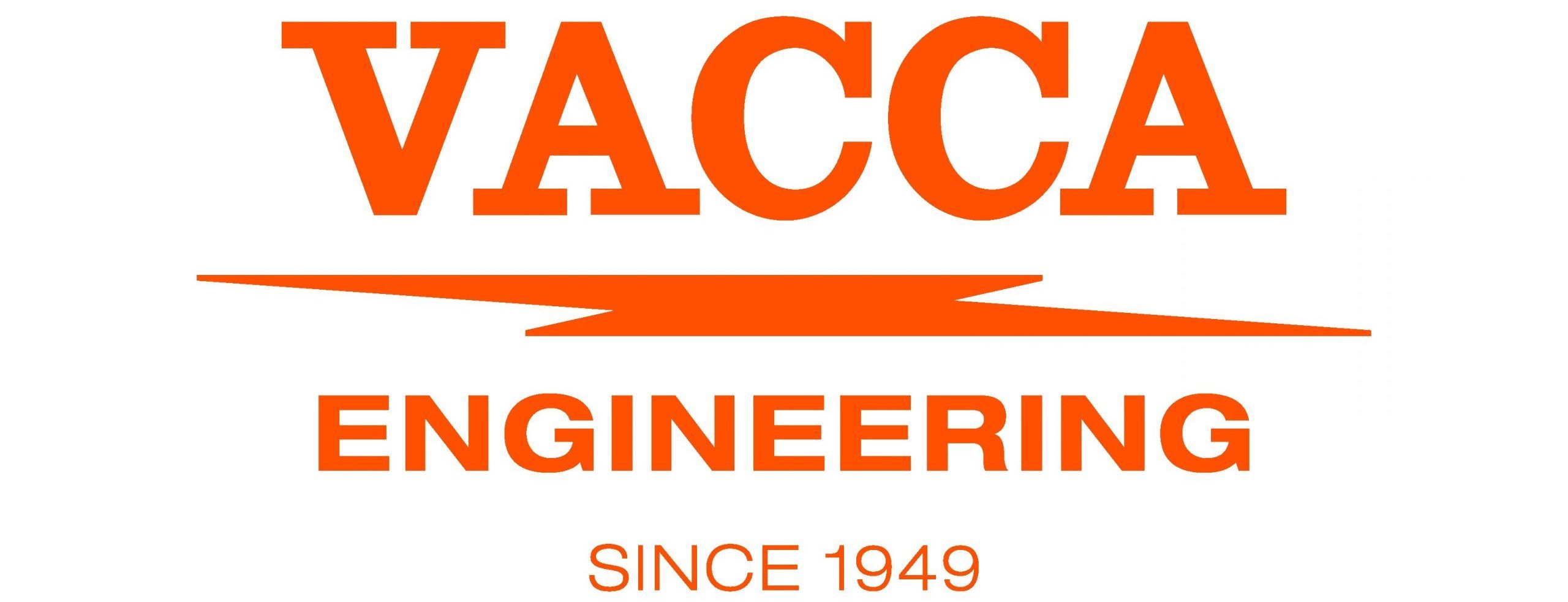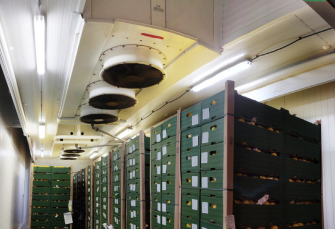Undoubtedly, the storage and freezing chambers in refrigeration processes of food, they are a key and necessary point to keep them fresh and increase their commercial life.
Although, due to the great concern that currently exists about the environmental impact and sustainability , is giving way to the renewed use of natural refrigerants such as ammonia (NH3) and carbon dioxide (CO2), as well as ecological gases such as GAS-HFO 1234ze , since they offer excellent solutions for the industry and for the planet, as we will comment throughout this post.
Natural and ecological refrigerants: types and characteristics
Both for what is established by the European regulation of F-Gas 517/2014 that we can find on the page of the BOE and that, among other points, declares that: “The intentional release of gases fluorinated greenhouse gases into the atmosphere when it is not technically necessary for the intended use”, as well as for its favorable effects on the environment and the planet, The use of natural refrigerants such as NH3 _ (ammonia), the CO2 _ (carbon dioxide) and hydrocarbons (especially propane) , whose use dates back to the 19th century. For that reason, we say that they are currently experiencing a resurgence in applications such as refrigeration chambers , since they were already used for industrial purposes and at low temperatures, is not something new that has just been invented or implemented, but something that is being used again, given its lower impact on the environment.
Natural refrigerants are highly efficient chemical products that are produced through natural biochemical processes, that is, by means of substances that are naturally present in the biosphere. Therefore, with respect to atmospheric heating, they have a low or null potential value (Atmospheric Warming Potential: PCA ≈ 0) and do not harm the ozone layer (Ozone Depletion Potential: PAO = 0). Likewise, the use of ecological refrigerants such as GAS-HFO 1234ze is an option that guarantees compliance with the European directive: zero depletion of the ozone layer and very low global warming potential.
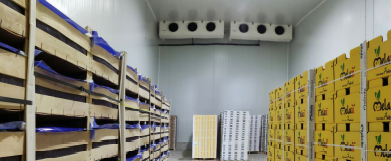
NH3: Ammonia
It was used as a primitive refrigerant before freons appeared. In high power industrial applications such as conservation chambers and freezer chambers, this gas shows a good level of energy efficiency and low cost.
The fundamental field of application of ammonia is industrial refrigeration with screw compressors, and it can also be used as a refrigerant together with water in absorption installations. ( NH3 – H2O ) _ _ _ for cold rooms, achieving less energy consumption than other refrigerants.
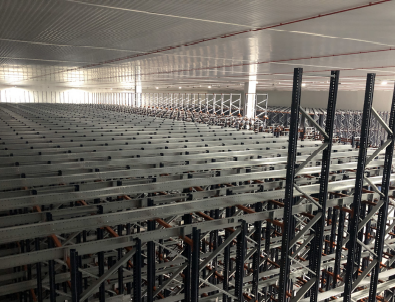
Advantages of Ammonia
- PAO = 0, PCA = 0
- Excellent results in storage chambers (positive temperature) and freezing chambers (negative temperature)
- Works on both existing and new installations
- Achieves temperatures down to -70°C (achieving higher cooling capacity than other refrigerants)
- It is cheap and has no risk of falling into disuse or becoming obsolete
- good heat transfer
- Low flash point (-33°C)
- High latent heat of vaporization (1371kJ/kg)
- Easily detectable in the event of a leak
- Miscible in water
- Can be mixed with mineral, poly-alpha-olefin or alkylbenzene lubricants
- It remains in the atmosphere for only a few days, therefore, it is considered a biodegradable gas.
CO2: Carbon Dioxide
Carbon dioxide (also called R744), is a colorless, odorless fluid that is heavier than air, classified by the RSFI (Safety Regulations for Refrigeration Installations) as “Safety Class = A1″, which would correspond to: ” non-flammable” and “low toxicity”. Although it is produced by a biochemical process of nature as we have commented previously, and therefore it is necessary for the planet, if its concentration level in the atmosphere increases considerably, it can become a Greenhouse Gas (GHG), modifying and harming the environment.
Before freons appeared, CO 2 it was used as a primitive refrigerant, but it was no longer used because its technological complexity was greater. Its properties due to its low critical temperature value (30.978°C) and its high pressures. Likewise, its volumetric capacity is much higher than that of conventional refrigerants.
in what Refrigeration refers to and is specifically taken to the area of the conservation chambers (positive temperature) and the freezing chambers (lower temperature). negative), with ambient temperatures below approximately 25°C, it works in a subcritical cycle, however, it works in a transcritical cycle when it comes to higher temperatures. So, and as we will explain below, the main The difference between one cycle and another is the CO 2 condensation process .
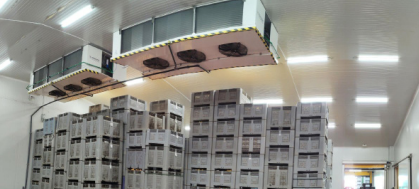
Subcritical Cycle
For subcritical applications, carbon dioxide reacts like any other type of refrigerant, i.e. when it absorbs heat, it compresses and condenses. And, when it loses heat, it transforms from a gaseous state to a liquid. Works below critical temperature. At a temperature of 24ºC the pressure is 63 Bar absolute.
Transcritical Cycle
In these types of applications, however, the CO 2 reacts very differently from the rest refrigerant gases, since it does not condense and therefore never changes its state gaseous. It works above the critical point, with pressures around 140 Bar.
Compression Temperature
The critical temperature of CO 2 is usually about 31°C (74 Bar) approximately. When we talk about cycles transcritical, carbon dioxide cools without condensing, staying above the critical temperature. In applications of this type of cycles, the CO 2 could reach a few 103 bars.
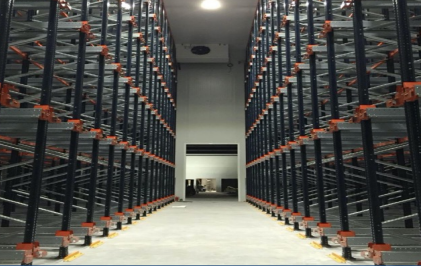
Advantages of Carbon Dioxide
- PAO = 0, PCA = 1
- Excellent results used in cold rooms
- In both subcritical and transcritical applications, it can be up to 8 times more efficient than other refrigerant gases
- Greater safety in operations, because it is not flammable and because of its low toxicity (it is only dangerous in high concentrations)
- High performance and low power consumption
- High availability since it can be easily obtained
- No short or long term side effects
- High heat transfer coefficient (high thermal conductivity and high density in gas phase)
- Economical and without risk of becoming obsolete
- Low pressure drop: allows to reduce the diameter of the pipes
- Can be mixed with POE, PGA and PVE lubricants
GAS-HFO 1234ze
Due to their properties, the substances of the HFO family are an excellent alternative for use in refrigeration of cold rooms, as well as for other types of applications within the food sector. It fully complies with the necessary and currently stipulated environmental and safety requirements. With zero depletion of the ozone layer and very low global warming potential, 1234ze gas has been developed precisely for the progressive eradication of refrigerants with a high global warming potential. It is also an energy efficient option for a wide variety of medium temperature applications. Ý is classified by the RSFI as “Security Class = A2 group L2”, which would correspond to: “low toxicity” and “slightly flammable”.
Advantages of HFO 1234ze Gas
- Does not damage the ozone layer: PAO = 0
- High thermal and chemical stability
- low toxicity
- Energy efficiency
- Excellent compatibility with most materials
- Absence of flammability when mixed with air at less than 30°C ambient temperature (for this reason it is considered non-flammable for handling and storage, see file in Gas Service )
- It is miscible with synthetic polyester oils (POE) and polyalkylene glycols (PAG)
- Optimum results in cold rooms as well as in many other types of applications.
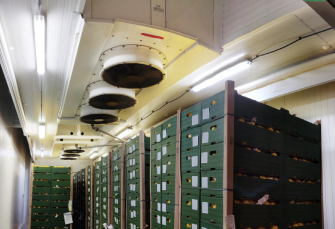
The application of this type of natural refrigerants so much ammonia (NH3 ) as carbon dioxide (CO 2 ), and ecological as the GAS-HFO 1234ze in conservation and freezing chambers , constitutes a profound advance in our clients’ facilities, since they have greater efficiency and lower energy consumption, provide greater security, reduce the ecological footprint and allow us to follow our sustainable philosophy in the engineering of refrigeration. If you have any questions about this, do not hesitate to contact us. We are experts in this sector and we are at your disposal.
